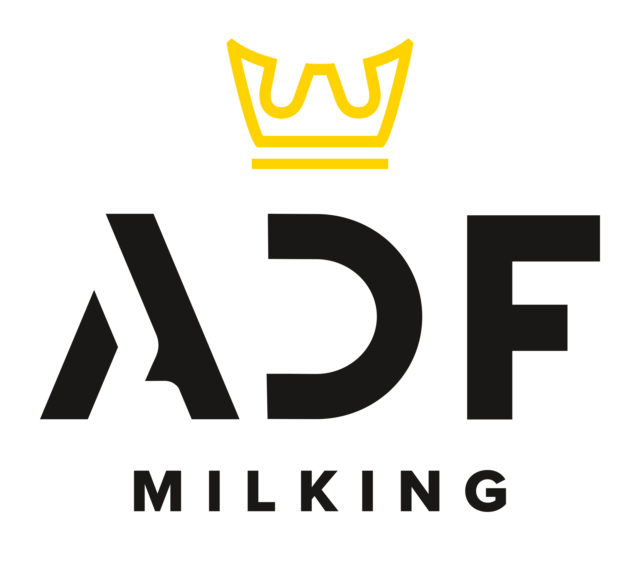What were your primary research objectives when you started looking at S. aureus as a causal agent for mastitis?
MALOUIN: The 2006 study that became a precursor for the development of the new vaccine was initially undertaken as a fundamental research project.
Nothing could have predicted that 10 years later we would have a patent for the vaccine and another patent in the works, and that we can now announce that the vaccine is at an advanced stage of development with Bayer.
The S. aureus bacterium is found in many animal species as well as in humans, where it can colonize the skin and the respiratory tract as well as other areas of the body.
As a researcher, I had already conducted research on S. aureus in patients suffering from cystic fibrosis, who often suffer from persistent pulmonary infections caused by the bacterium.
Pierre Lacasse, a researcher with the Sherbrooke Research and Development Centre (Agriculture Canada) and a member of the Canadian Bovine Mastitis and Milk Quality Research Network, told me that the dairy industry could benefit from my expertise on S. aureus. That’s when I joined the national research group.
The first research project for which I obtained financing focused on characterizing the bacterium in a context of intramammary infection. This meant being able to define which components (tools) the bacterium uses to cause an infection and, most importantly, to specifically cause an infection of the udder.
We already knew that these tools, which are also called virulence factors (toxins, colonization factors, etc.), are often specific to the affected tissue during the infection.
It’s rarely possible to efficiently observe the expression of virulence factors in a laboratory test tube but, in this case, we wanted to see how the bacterium behaves when it directly intrudes into the mammary gland tissues of dairy cows.
Without this knowledge about the bacterium, in this specific context, we cannot determine how to effectively control it. It would be an exercise in futility.
What were your first clues, your first discoveries?
MALOUIN: We succeeded in defining the transcriptome, i.e., in identifying the series of genes expressed by S. aureus in a context of udder infection.
The bacterium uses these genes to produce components (tools). We established the list of tools employed by four S. aureus strains commonly found in Canada.
They were found to be very distinct from those used in other infection contexts. The use of genomics enabled us to show that these tools are common to all catalogued strains of S. aureus around the world.
At the time, our team used the expression: “That’s it! We’ve exposed the villain!”
How did you come up with the idea of developing a vaccine?
MALOUIN: We realized that because we knew the specific weapons used by the enemy during a mastitis infection, we had the basis of a potentially very effective vaccine.
How does it work?
MALOUIN: Once identified and integrated into a vaccine, the components specific to S. aureus are likely to provoke a very targeted immune response in dairy cows, which will protect them from all S. aureus strains.
This approach differs from previous attempts to develop a vaccine against this contagious pathogen. It differs in terms of the relevance of components used in the vaccine (specific to the udder infection) and in terms of the potential coverage of all mastitis-causing strains.
Has the vaccine’s efficacy been demonstrated?
MALOUIN: The trials conducted with mice and then with dairy cows were conclusive. Vaccinated cows, despite being experimentally exposed to a severe infection, showed less symptoms and a lower SCC.
In addition, they maintained milk quality and production comparable to the control group. We believe that when it comes to naturally acquired infections, the vaccine’s efficacy would be even higher.
Evidently, such a vaccine will not be able to prevent 100 percent of infections, but we do believe that it will significantly reduce the prevalence of S. aureus infections in dairy herds.
What additional steps are needed before the vaccine is marketed?
MALOUIN: The success of our trials attracted the attention of pharmaceutical giant Bayer, and an agreement was concluded in 2016 to begin development of the vaccine.
The next step is the mass production of the vaccine. Clinical trials in dairy herds, in natural infection conditions, will then be conducted.
When can we expect to start using the vaccine on dairy farms?
MALOUIN: The vaccine will be available to dairy farms within three to five years. Given the need to reduce the use of antibiotics in dairy farming and to produce more organic milk to satisfy demand, the use of a vaccine to prevent infection by S. aureus is the way forward.
Our team is proud of its contribution. ![]()
References omitted but are available upon request. Click here to email an editor.
Dairy Research for a Healthy World
Dairy Farmers of Canada (DFC) is the national policy, lobbying and promotional organization representing Canada’s farmers.
DFC works to support sustainable dairy production; facilitate solutions to provincial/national challenges; provide credible research of dairy products on a national basis; and create innovative ways to grow the market.








